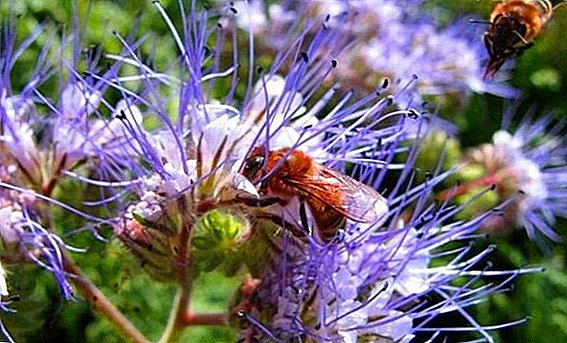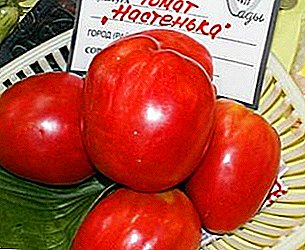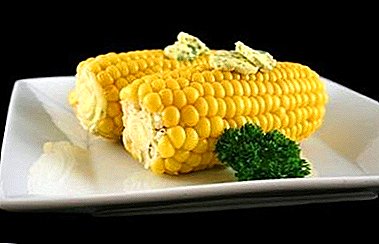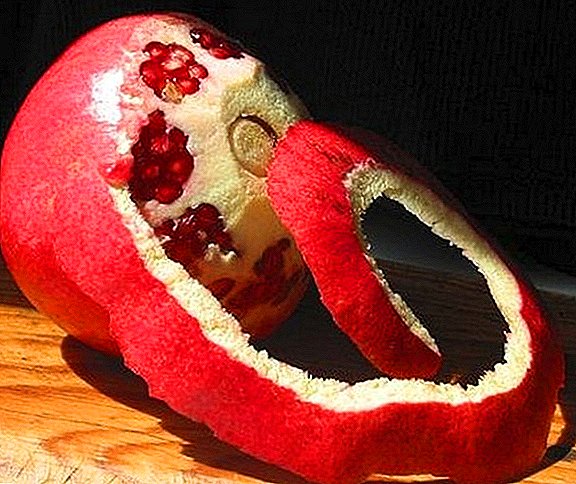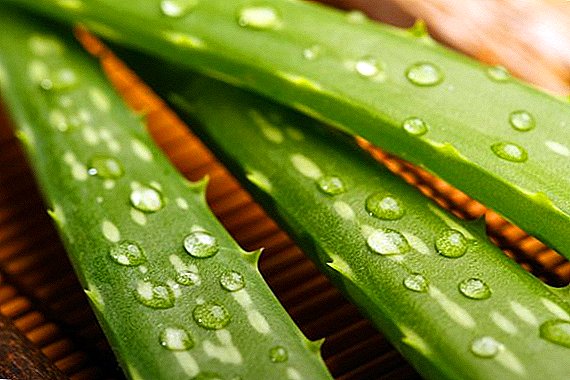 Aloe is a very popular home plant that is grown for later practical use. There are more than 350 species of this plant; at home, only some of them are grown - treelike aloe, variegated, awned.
Aloe is a very popular home plant that is grown for later practical use. There are more than 350 species of this plant; at home, only some of them are grown - treelike aloe, variegated, awned.
Healing properties are inherent in aloe vera and aloe tree. The most widespread aloe vera, also known as the Barbados or aloe vera.
 Aloe has healing properties, and it has some contraindications. It is thanks to the ability of the plant to positively affect the health of it became so common and so widely used by people.
Aloe has healing properties, and it has some contraindications. It is thanks to the ability of the plant to positively affect the health of it became so common and so widely used by people.
How it affects the human body, how to apply it and whether it is worth avoiding the use of aloe in any cases will be discussed further.
The chemical composition of aloe and its beneficial properties
Aloe leaf pulp contains most of what people appreciate in this plant. Surprisingly unpretentious flower aloe, and its beneficial properties are so numerous.
As part of aloe more than two hundred biologically active substances. These substances have a certain effect on the human body than the plant and benefits.
Aloe leaf juice has a bactericidal, wound-healing effect, relieves irritation on the skin.
The main substances included in the chemical composition of aloe vera:
- B vitamins - B1, B2, B6;
- provitamin A;
- vitamin C;
- vitamin E;
- amino acids;
- essential oils;
- trace elements: iodine, iron, zinc, manganese, fluorine, silicon, vanadium, bromine, phosphorus, sulfur, copper and many others;
- anthraquinone glycosides - aloin, emodin, nataloin;
- phytoncides;
- resins;
- enzymes;
- polysaccharides, chromonemes and other biologically active substances.

- used in cosmetology;
- strengthens the immune system;
- lowers the level of toxins in the body;
- used in gynecology;
- has anti-inflammatory, bactericidal action;
- accelerates wound healing;
- normalizes metabolic processes in the body;
- cleans the blood;
- used to treat the nervous system, cardiovascular, digestive, urinary system.
Pharmacological properties of therapeutic raw materials
Aloe juice contained in the leaves of the plant, has found wide application in medicine and cosmetology. Pharmacological properties of medicinal raw materials have been thoroughly studied, which allows us to talk about them with confidence.
Aloe is a perennial plant. The most pronounced medicinal properties are inherent in the leaves of a three-year plant. From the trunk break off or cut off only dense shoots that have a length of not less than 15 cm.
Detached aloe leaves can not be kept on the air for more than 3-4 hours, as they quickly dry out. During this time, aloe juice loses its medicinal qualities. Therefore, cutting the leaves, they need to be hidden from the light and put into the refrigerator, where they can be stored for up to a year.
The healing properties of aloe:
- organic acids contained in the plant, normalize the intestinal flora, prevent the processes of decay in it;
- carotenoids in aloe are a group of substances that synthesize vitamin A. They reduce cholesterol levels, normalize fat metabolism, and also affect the sensitivity of the retina;
- tannins work as an anti-inflammatory, hemostatic and bactericidal agent;
- Vitamin C are an integral part of cellular enzymes. It ensures the elasticity of tissues, thickens the tissues of the teeth and their vascular wall, increases the protective qualities of the body
- enzymes in aloe normalize the secretion of bile, provide a normal digestive process, slow down the aging process of the body;
- minerals and trace elements of this medicinal plant help cleanse the body of toxins and slags. They affect metabolic processes, normalizing them, increase immunity, have an analgesic effect;
- Kahetin strengthens the walls of blood vessels, has antiallergic properties;
- flavonoids affect the whole body. These are natural regulators, the most important function of which is to adapt to external conditions. Have a disinfecting effect.

The use of aloe in traditional medicine
Traditional medicine describes many indications for the use of aloe at home. It is used both externally and inward.
Did you know? Aloe leaves, which began to dry out on the tips, are considered the most beneficial to health, and they are recommended for treatment.
Aloe is used externally to treat skin diseases to get rid of acne, boils, pustules, for wound healing, for lupus, eczema.
Aloe juice contains polysaccharides, which form a protective film on the skin, protect and soften it, moisturize and accelerate cell regeneration. Due to its qualities, aloe vera is often included in anti-aging skin care products..
Inside the aloe is used with a large number of diseases of various organs. With respiratory system diseases - tuberculosis, bronchitis, bronchial asthma, pneumonia, - aloe facilitates breathing and promotes expectoration of sputum.
In diseases of the stomach, liver, intestines, gallbladder Aloe juice helps to restore the processes of digestion and metabolic processes.
In the treatment of diseases of the genitourinary system Aloe is used to provide a disinfectant and diuretic action.
Diseases associated with impaired metabolic processes in the body, also treat aloe. Aloe juice is indicated for use by diabetics and people with joint problems.
Recipes using plants
From what just does not help aloe, but with different diseases using different recipes. For the preparation of drugs need to cut the required number of leaves. It is better to use the bottom - they are always older.
Did you know? Aloe is used in the form of juice, tinctures and decoctions.
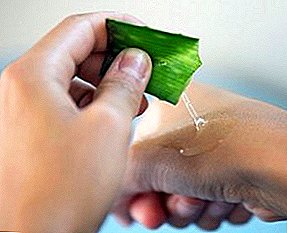 It is better to prepare medicines directly before use, and not to make preparations. Freshly squeezed aloe has more pronounced healing properties.
It is better to prepare medicines directly before use, and not to make preparations. Freshly squeezed aloe has more pronounced healing properties.
To squeeze the juice from the aloe, the leaves are pre-washed with boiled water, cut into small pieces - about 0.2 cm, they are squeezed through gauze. You can also skip aloe leaves through a meat grinder and then squeeze the juice through cheesecloth.
Important! The plant that will be used in recipes must be at least 3 years old. Before applying it you need to prepare: do not water for 2 weeks, after which you can cut the leaves. The cut leaves are washed and refrigerated for 7-10 days.
Application for angina
In tonsillitis or tonsillitis, aloe juice is treated with tonsils. There are also many recipes using this medicinal plant. from sore throat:
- decoction of hips and aloe juice - anti-inflammatory and vitamin remedy taken before meals in 50 ml;
- a mixture of aloe juice - 1 tablespoon, water (decoction of St. John's wort, calendula, sage, chamomile, etc.) - 20 ml, soda - 1 tsp, iodine - 2 drops. With this mixture, gargle;
- a mixture of aloe, honey, vodka in a ratio of 1: 2: 3 is used in the form of compresses to the throat;
- a solution of 1 tablespoon of aloe juice and a glass of warm water. It is used for systematic gargling during the day;
- You can simply chew the leaves of aloe, which also has a healing effect on the throat.
Bronchitis and bronchial asthma
For the treatment of bronchitis apply different recipes, which include aloe. The simplest of them is to mix one glass of aloe juice and a glass of honey, add 100 ml of vodka or alcohol.
The ingredients are thoroughly mixed and insist in a dark cool place for 5 days. Store the mixture in the refrigerator and take 1 tablespoon 3 times daily before meals.
 Another recipe for aloe bronchitis: 750 ml of Cahors mix with 350 g of honey. If honey is sugared, it must be melted in a water bath, the temperature of which should not exceed 60 ° C.
Another recipe for aloe bronchitis: 750 ml of Cahors mix with 350 g of honey. If honey is sugared, it must be melted in a water bath, the temperature of which should not exceed 60 ° C.
Aloe leaves are finely chopped and put in a glass jar, then poured with honey and cahors. Stir and put in the fridge for 2 weeks. After this mixture is filtered and squeezed. You need to take 1 tablespoon three times a day until bronchitis passes.
In case of bronchial asthma Aloe is used as follows. Mix half a glass of aloe juice with half a glass of honey, add 4 lemons, 0.5 liters of Cahors and ground shells of two eggs.
After mixing, put in a dark place for a week. To accept on an empty stomach on 30 ml within 3-6 months.
Pneumonia
 With pneumonia (pneumonia) take fresh aloe juice mixed in equal amounts with honey and lard twice a day, 1 teaspoon after a meal.
With pneumonia (pneumonia) take fresh aloe juice mixed in equal amounts with honey and lard twice a day, 1 teaspoon after a meal.
Also, when inflammation of the lungs is prepared red wine aloe blend. The maximum dose for a course of treatment in 2-3 months requires 1.5 kg of aloe leaves, 2.5 kg of honey and 850 ml of Cahors or port wine.
All components are mixed and placed in a glass jar, which is tightly closed and put in the dark for 5-7 days. This mixture is taken 1 teaspoon an hour before meals 1-3 times a day.
Liver disease
Aloe vera juice is recommended for the prevention of liver cirrhosis. The enzyme phosphatase contained in the plant regulates the function of the liver.
With hepatitis and cholecystitis prepare the following mixture: 1 tablespoon taken aloe, peppermint, yarrow, immortelle sandy, greater celandine and 1 teaspoon of wormwood.
All this is poured boiling water, cover and keep in a cold place for 2 hours. Infusion need to filter and take 1/3 cup 15 minutes before meals 3 times a day.
With a cold
With a cold The following recipe is used: ½ cup of honey, 1 tablespoon of aloe juice, the juice of two lime fruits are mixed in a blender and take 2 tablespoons every hour.
 With a cold cold can be used fresh aloe juice, diluted with water, for instillation into the nose. In each nostril drip 2 drops 4 times a day.
With a cold cold can be used fresh aloe juice, diluted with water, for instillation into the nose. In each nostril drip 2 drops 4 times a day.
Such drops cause sneezing, as a result of which the sinuses are cleaned. Breathing becomes easier, and inflammation also goes away.
When coughing take 25 grams of aloe, 25 grams of lingonberry juice and 10 grams of honey. The ingredients are mixed and take 2 tablespoons 4 times a day.
In case of stomach diseases
Known benefits of aloe in the treatment of diseases of the stomach. Chronic hypoacid gastritis and gastric ulcer treated with a mixture of aloe.
 Recipe: take equal parts of aloe, honey, brandy juice; prepare herbal decoction of yarrow, pine buds, wormwood and rosehips.
Recipe: take equal parts of aloe, honey, brandy juice; prepare herbal decoction of yarrow, pine buds, wormwood and rosehips.
Mix all the ingredients, resulting in a healing tincture with aloe for stomach ailments. Store the mixture in the cold, take it 2 hours before meals, one teaspoon.
Important! Aloe has laxative properties, you can not overdo it with its use, so as not to cause diarrhea and stomach cramps.
Are there any contraindications
Like other medicinal plants and substances, aloemozhet bring both benefits and harm. Aloe juice is a powerful natural remedy that accelerates the processes in the body. The use of aloe is not recommended in the following cases:
- pregnancy;
- uterine bleeding, any bleeding in the body;
- hemorrhoids;
- inflammation of the bladder;
- severe allergic reaction;
- severe stages of diseases of any organs in violation of their functions: heart, liver, kidneys;
- the presence of several complex diseases;
- oncology;
- lack of a definite diagnosis for poor health.
 Aloe has healing properties that help against a variety of diseases, but there are also contraindications. And it is very important to keep this in mind when self-medicating. If after receiving and applying aloe adverse reactions will be observed, the reception should be stopped and consult a doctor.
Aloe has healing properties that help against a variety of diseases, but there are also contraindications. And it is very important to keep this in mind when self-medicating. If after receiving and applying aloe adverse reactions will be observed, the reception should be stopped and consult a doctor.

